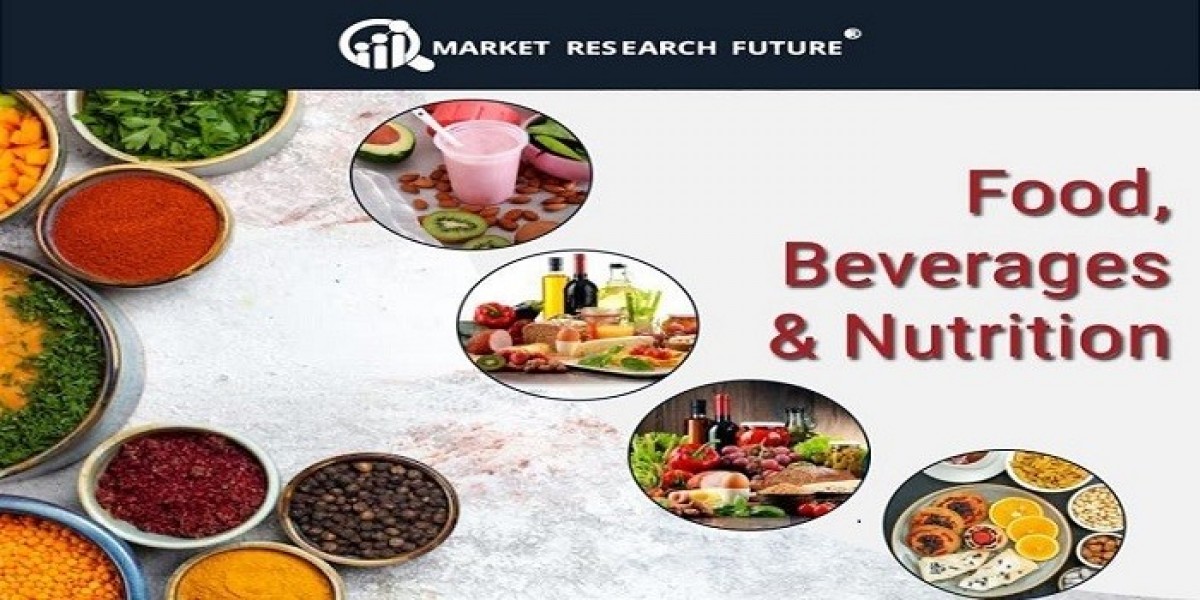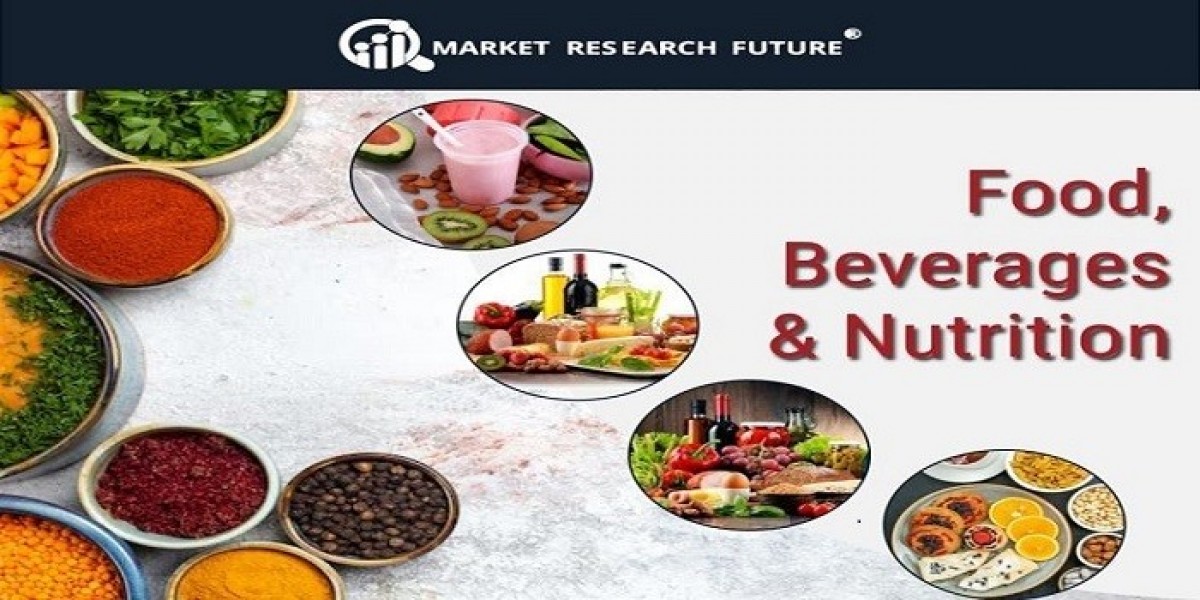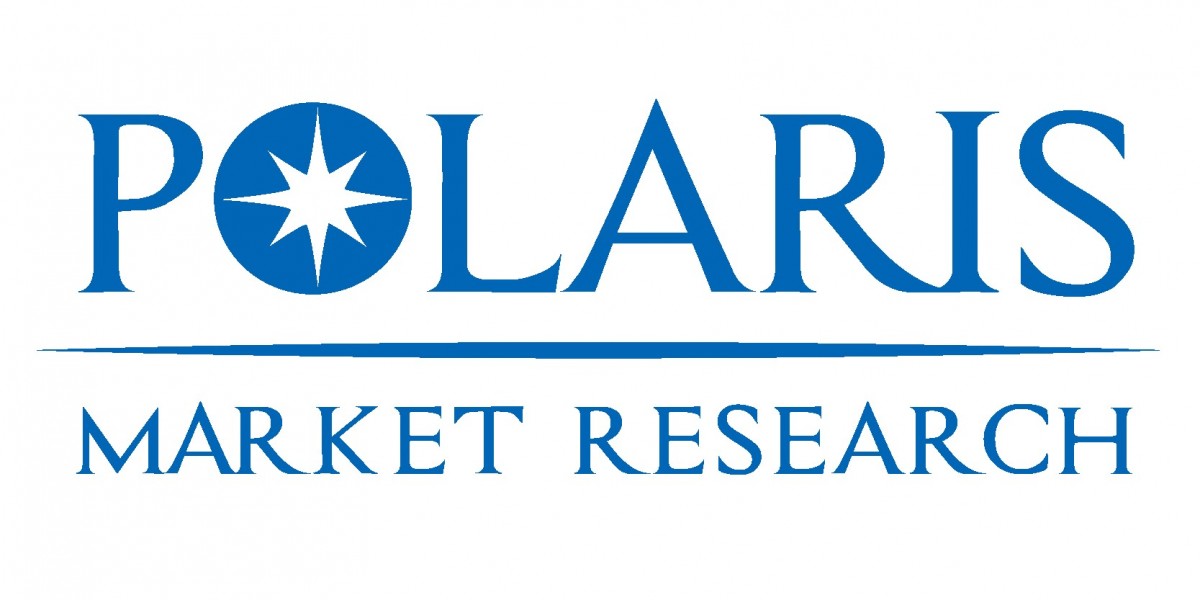The growth of the papain market is tightly linked to the diversity of its applications. Understanding how this enzyme is used across different sectors helps explain market dynamics and future opportunities.
Food & Beverage Sector
Papain is widely used in the processed food industry. It is an effective meat tenderiser, clarifies beverages (beer, wine), and aids protein hydrolysis in certain food formulations. According to MRFR, this sector remains the largest application segment.
In addition, the push toward plant-based diets, clean-label ingredients and digestive health has increased interest in naturally-derived enzymes like papain.
Pharmaceutical & Nutraceutical Sector
Papain’s proteolytic activity means it can break down proteins, which is useful for digestive enzyme supplements, wound-healing formulations, and dermatology purposes. Market reports indicate usage in wound-care and debridement especially in emerging markets.
Cosmetics & Personal Care
In beauty applications, papain is included in exfoliants, skin masks and treatments for skin renewals. Its enzymatic action gently removes dead skin cells and supports regeneration. Global usage in cosmetics is rising, particularly in Asian and European markets.
Textile, Leather & Industrial Use
Papain is used in fabric finishing (e.g., degumming silk), leather treatment, and other industrial processes where protein removal is needed. Though smaller in value compared to food or health sectors, this provides diversification.
Implication of Multi-Use Applications
The multi-application nature of papain means:
Risk is spread across sectors (if one slows, others may support growth)
Innovation across sectors (e.g., higher-purity enzyme for pharma) can unlock premium pricing
Market growth is influenced by sectoral trends (e.g., functional foods, clean beauty, sustainable textiles)
Strategic Recommendations
Firms should tailor variants of papain for specific applications: food-grade (cost-competitive), pharma-grade (high purity) and cosmetic-grade (stability, sensory profile).
Marketing should articulate end-use benefits: “enzyme for tenderising”, “skin exfoliation enzyme”, “bio-finishing textile enzyme”.
Cross-sector partnerships: Food processors teaming with enzyme suppliers; cosmetics brands sourcing natural enzymes; textile manufacturers exploring enzyme-based treatments.
Conclusion
Papain’s versatility across food, health and industrial sectors underpins its market growth. Companies that understand and service application-specific needs—product form, purity, functionality—and align with emerging trends (such as natural enzymes, clean label, sustainable processing) will gain competitive advantage.









